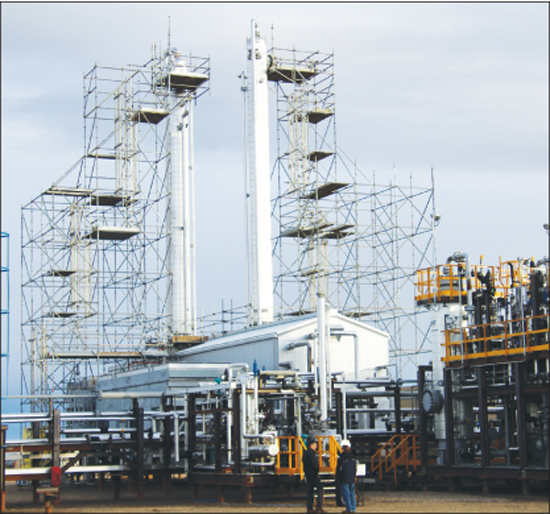SANDRA M STANWAY
Brooks Bulletin
Royal Helium and its subsidiaries Royal Helium Exploration and Imperial Helium were granted an extension to file a proposal to restructure the company and address financial challenges as it works through its bankruptcy protection.
Last week an Ontario court granted the application to, among other things, extend the proposal to April 2 and to approve borrowing of up to US$1.5 million to finance the working capital requirements including $30,000 to regulatory consultant, $170,000 to the Saskatchewan ministry of energy and resources and $50,000 to the engineering design firm.”.
The filing also includes a stay of proceedings in favour of the company, allowing them to work with their proposal trustee Doane Grant Thornton to streamline operations and conduct a court-supervised sales process.
In January Royal Helium, et al filed for bankruptcy protection under Canada’s Bankruptcy and Insolvency Act.
According to court documents the three companies combined owe nearly $59 million including $62,270.98 to Brooks and area businesses and individuals, $19 million to the Business Development Bank of Canada (BDC) and the Canadian Western Bank.
Alberta’s ministry of agriculture is owed $69,831.15 and the provincial ministry of finance is owed $170,387.73.
An unidentified person who is familiar with the situation told The Bulletin he is owed nearly $40,000.
“If I get a nickel of the money it would be a bonus at this point.”
During the stay no proceedings can begin or continue against any of the directors or officers as the companies have some “necessary breathing room to execute upon a value-maximizing sale or recapitalization transaction for the benefit of the Applicants’ stakeholder,” states a court filing.
The company, which is based in Saskatoon, opened the Royal Helium plant in Steveville in December 2023 and operations were paused in September 2024 due to the expanding liquidity crisis arising from the commissioning challenges, CEO David Young said in his court affidavit.
Young said the major contributing factor to the liquidity crisis is the failed commissioning of the Steveville facility.
He noted that there was “significant and sustained” negative cash flow driven by direct and indirect contractor costs associated with commissioning the state-of-the-art helium purification facility.
Young, who took over as president in January 2024, terminated external contracts to avoid incurring further costs.
He stated that the facility was fabricated by a third party company who offered to commission the site at the cost of $2.7 million.
However, the senior leaders at the time believed they could commission it faster and more economically using their own employees and contractors.
“This turned out not to be the case,” he said.
The commissioning was “rife with challenges” and there were sustained excess costs and labour expenses as they tried to bring the facility’s performance up to a stable level.
In 2024, the facility produced 18 trailers of helium, achieving revenues of $2.3 million, however the cost of operating the plant vastly exceeded its revenues.
Adding to their problems, in December 2024 “millions of dollars” of equipment was stolen from the facility which eliminated Royal Helium, et al any chance to restructure the company.
“This assured that the facility could not be re-commissioned without significant cost and delay. As a result, with the liquidity constraints faced by the Applicants, plans to recommence operations at the Steveville Facility were no longer possible in the near term.”












